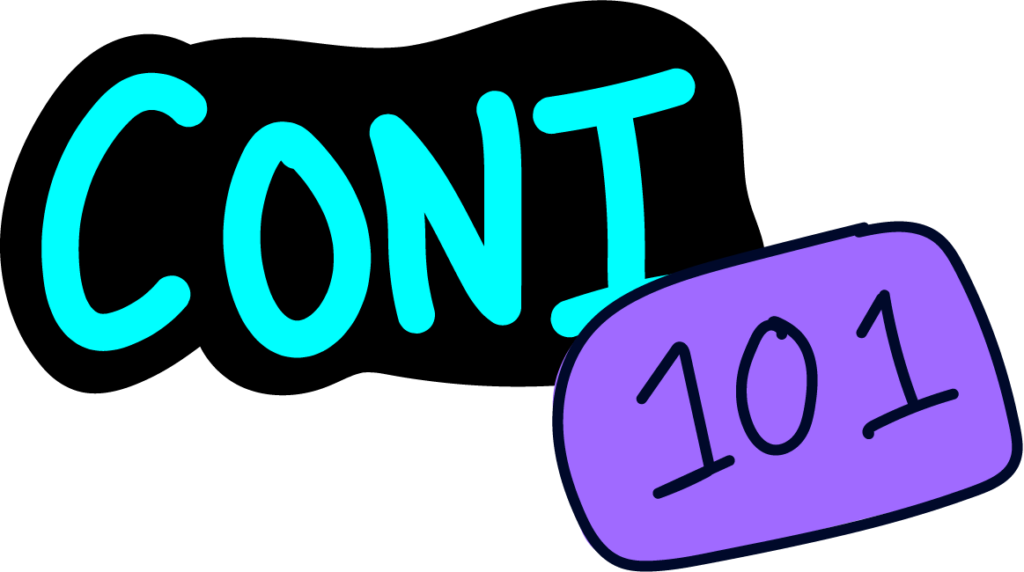
Transcript
Welcome to Liv’s College Diaries, where we dive into the heart of college life. Today, we’re exploring a serene yet impactful part of our campuses, the outdoor spaces. Let’s discover how these green havens boost our well -being, academics, and social connections.
Imagine a place where stress fades away, creativity blooms, and friendships blossom. Outdoor spaces on campus aren’t just pretty backdrops. They play a vital role in enhancing our college experience.
First, let’s talk about mental health. Studies show that spending time in nature reduces stress and improves mental well -being. Whenever I’m overwhelmed, I take a walk around campus. The fresh air and greenery help me clear my mind and recharge.
Next, let’s look at academic benefits. Green spaces have been proven to boost concentration and creativity. Outdoor study sessions amidst nature can enhance focus and inspire new ideas. It’s a great way to break the monotony of indoor classrooms.
Lastly, outdoor spots are social hubs. They’re where students connect, relax, and form lasting friendships. When the weather gets warmer, my friends and I like to set up a picnic blanket and sit outside to enjoy the warm weather.
So next time you pass by a green space on campus, take a moment to appreciate its impact on your life. Whether it’s for mental health, academic performance, or social connections, these outdoor spaces are more valuable than we might realize.
Thanks for listening to Liv’s College Diaries. Tune in next time for more insights into college life.
The Process
The Equipment
In order to record the audio portion of the project, I used the Voice Memos app on my phone to record. It made it easier to transfer the audio file between the different softwares. I also used it to record any extra sound effects or audios to include in the background of the podcast, such as the sounds of nature.
The Software and AI
I used SoundTrap in order to edit the video. I found it very easy to use in order to add the intro/outro music, the sound effects, as well as the transitions between the different topics. It was also very helpful when I needed to cut down some of the talking segments in order to make it fit the time limit. With AI, I used it in order to help me form an outline to the podcast.
Credit and Attributions
Sources
I did my podcast on the benefits of green/outdoor spaces on campus and how they can have a positive impact on students. To read more on how these can directly benefit students, visit OMNIA Partners article titled The Importance of Activating Outdoor Spaces on College Campuses and Learning By Design Magazine article titled Outdoor Spaces Help Promote Mental Health and Wellness on Campus.
Music and Media
For the music and any other extra sound effects that I needed, I found it off of Pixabay. Pixabay allows you to find free audios, videos, images, and even music to use for your own projects.







